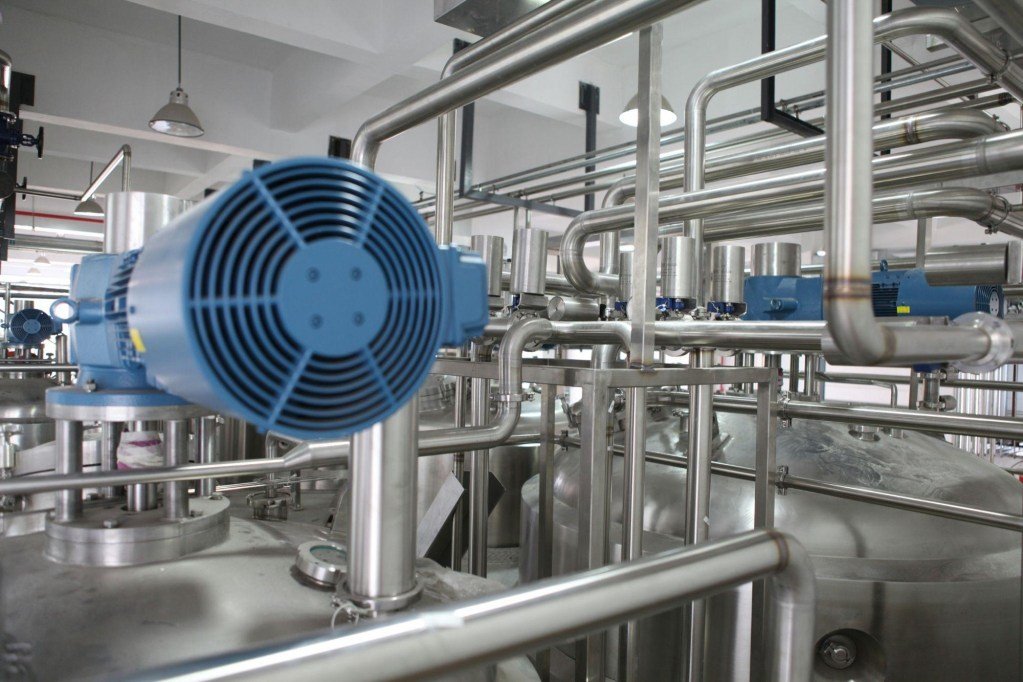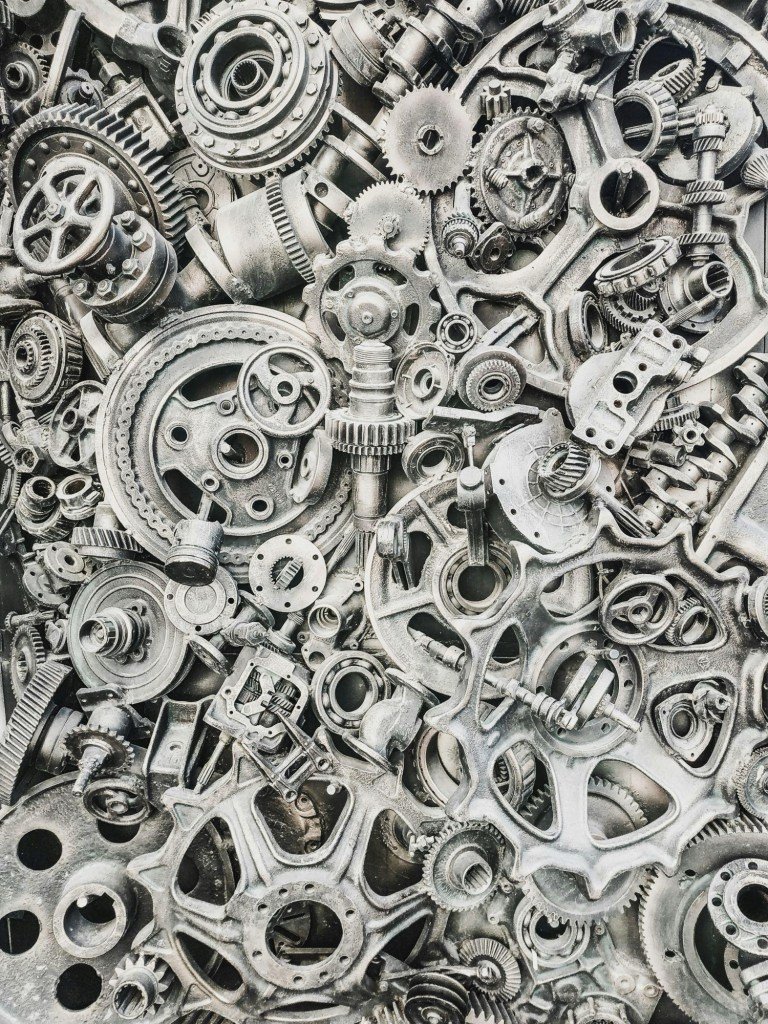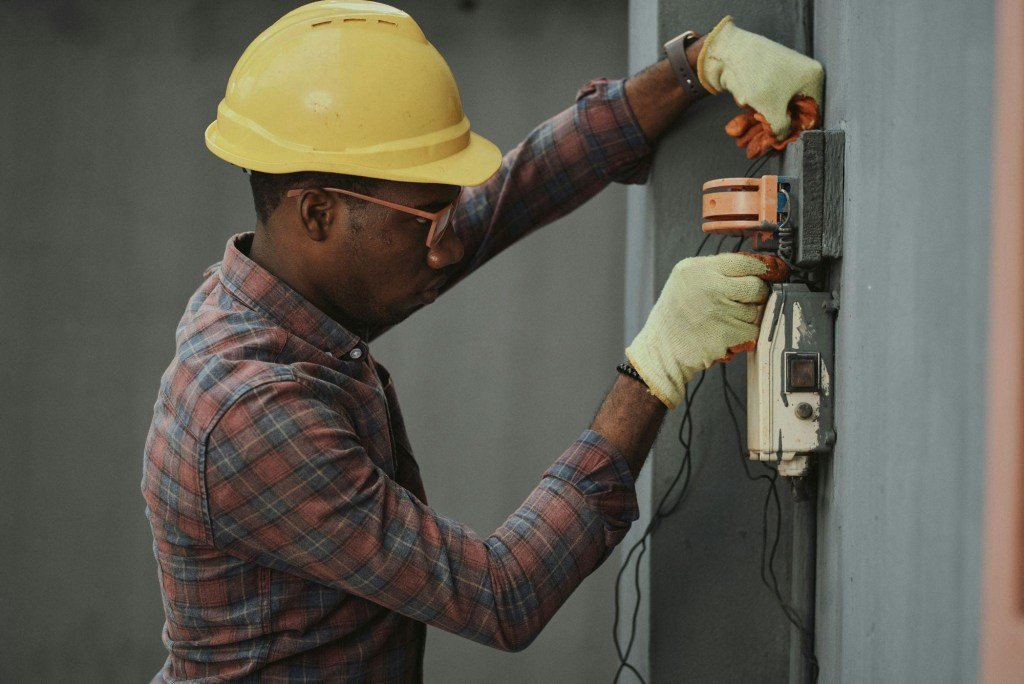
Picking the right industrial equipment can seriously impact your production efficiency, yet a lot of people don’t give it enough thought. It’s not just about getting the latest, most high-tech machine. You have to consider what fits your specific needs, your budget, and even future growth. Have you thought about how important adaptability and reliability are in the long run?
We’ll break down the key factors that can help you make a wise choice that keeps your operations running smoothly.
Assess Your Manufacturing Requirements
It happens to everyone—you invest in something, thinking it’s the perfect fit, and then you realize it doesn’t quite meet your needs. When it comes to industrial equipment, that mistake can be costly. That’s why it’s important to start by figuring out exactly what your manufacturing process requires.
Planning to expand your product line? Make sure your equipment can handle future demands. And don’t overlook practical factors like available space and budget: you need something that fits without straining your finances. What’s also important is that your team can operate it easily, so using it won’t be a constant struggle.
When you’re exploring equipment, consider if new or used works better for you, check out smart automation for efficiency, and choose a supplier and brand you can count on. We’ll dive deeper into these points.
Trying to decide between new and used machinery? Start by looking at your budget and production goals.
If saving money is a priority, used equipment might be the way to go. Just make sure to check its condition, maintenance history, and whether spare parts are easy to find. A great deal isn’t worth it if constant repairs slow you down.
On the other hand, if you need the latest technology and long-term efficiency, investing in new machinery could be the better choice. Newer models often come with warranties, better energy efficiency, and features that can improve productivity.
Then again, newer doesn’t always mean better. An older model may be just as efficient or close to it, but for a fraction of the cost. So make sure you know what kind of output you actually need to better compare your options
Talk to others in your industry, gather user feedback, and consider your long-term plans. Think about what matters most for your business right now and in the future.
Consider Smart and Automated Solutions
Automated solutions handle repetitive tasks, helping your team focus on what matters while boosting speed and accuracy. You might want to consider:
1. Robots that handle precise tasks and help cut down on labor costs.
2. Internet of Things (IoT) devices that give you real-time data and useful insights.
3. Automation to keep things running smoothly without the hassle.
4. AI software that helps you make smarter decisions and stay ahead with maintenance.
Choosing the Right Supplier and Brand
The supplier and brand you choose can really affect how well your business runs. It’s not just about buying equipment – it’s about how reliable it is and the support you’ll get if something goes wrong.
When you’re checking out options, think about what’s most important to you. Do you need great customer service, dependable machines, or the newest technology? Ask around as people you know might have good recommendations. Going to trade shows can also help you see the equipment up close and talk to suppliers directly.
And don’t just focus on the price. Think about the long-term costs, like repairs and maintenance. A good supplier can make your life a lot easier when problems pop up.
In the end, choose a brand that feels right for your business.
Evaluate Reliability and Maintenance Needs
When you’re getting into industrial equipment, it’s smart to think about reliability and maintenance from the get-go. You don’t just want a machine that works great now—you need something that’ll keep performing well over time.
Ask yourself: how often will it need maintenance? What about replacement parts, are they easy to find?
Pay attention to:
● Brand reputation: Stick with brands known for making tough, long-lasting equipment.
● Maintenance: Find out how often it needs to be serviced and if it’s easy to do.
● User feedback: Talk to people who already use it to see what they think.
● Warranty & support: Make sure there’s a good warranty and support if something breaks.

Make a Budget and Cost Analysis
When buying equipment, it’s easy to focus on the price, but you’ve got to think about the other costs too. Things like energy use, spare parts, or if the machine breaks down and causes delays. All these add up, so it’s smart to keep them in mind from the start to avoid surprises down the road.
For example, if you choose a machine that costs a bit more upfront but saves on energy, it could pay off over time. It helps to break down the total cost of ownership so you can see exactly where your budget is going.
Stay Safe, Compliant, and Green
When picking industrial equipment, safety and compliance come first. Making sure your gear meets industry standards protects your workers, keeps you out of trouble with fines, and even boosts your brand’s green credentials in today’s eco-conscious market.
Safety might not always be the first thing you think about, but it’s key. Focusing on safety keeps your workers safe and actually boosts productivity and morale too.
Here are some key safety considerations to keep in mind:
1. Ensure equipment has proper safety guards and emergency shutoffs.
2. Look for machines that comply with industry safety standards.
3. Provide adequate training for your team on operating equipment safely.
4. Regularly assess equipment for wear and tear to prevent accidents.
Did you know that non-compliance with safety standards can cost businesses big time in fines and downtime? When you’re looking for industrial equipment, making sure it meets safety and industry regulations should be at the top of your list.
For example, check if the new machine you’re considering follows OSHA guidelines. Not only will this help you avoid penalties, but it’ll also make your workplace safer. Plus, compliant equipment can make you look good to clients and partners.
Choosing environmentally-conscious equipment doesn’t just appeal to your customer base, it can also affect safety and compliance.
Make sure the equipment checks all the boxes for environmental regulations and fits with your company’s sustainability goals. It’s good for your team, business, and even your reputation.
Ask yourself:
● Does it save energy? Lower energy bills are always a win.
● Are there any certifications showing it’s environmentally friendly? That’s something you can also tout on your website.
● How does it handle waste? You don’t want that to become a headache later.
● What’s the overall impact on the environment? Make sure it meets your company’s and industry’s requirements.
How can you be sure that the equipment you’re considering will meet your production needs? Test it!
Request demos or trial periods to get a hands-on feel for how it performs. You wouldn’t buy a car without taking it for a spin, right?
If you can, visit places where the equipment’s already in action and talk to the people who actually use it. They’ll give you the real scoop—what works, what doesn’t, and what they’d do differently.
Also, ensure the equipment is current with the latest safety and tech standards. A 30-day trial with a satisfaction guarantee is a great way to decide whether or not it is the right fit before committing.
If you’re still unsure about choosing the right industrial equipment, professional construction services on Locanto can guide you through the process.

Source: Unsplash
At the end of the day, choosing the right industrial equipment boils down to knowing what you need, what you can spend, and how your space fits into the plan. Do your homework, chat with the people who use the equipment, and really get a feel for what works best for you.
When everything clicks into place and your production line runs without a hitch, you’ll know you’ve made the right call. So take your time, weigh your options, and make a choice that sets you up for a future where everything just works.
The post How to Choose the Right Industrial Equipment for Your Manufacturing Needs appeared first on Green.org.














